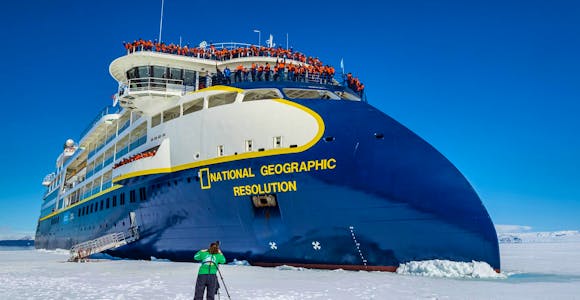
Arctic Cruises
Expeditionary cruising is a very practical way to discover the Arctic, allowing you to comfortably explore often untouched areas of wilderness you can’t otherwise reach from …
Discover MoreSpecial Offers Available: Swoop has access to the widest range of offers and can help you find the right trip, cabin, & price.
Expert impartial advice at no extra cost: no-nonsense advice on 500 voyages across 25 ships
The Arctic Experts. No Compromises: there’s no question we can’t answer
The only B Corp certified Arctic specialist: so your adventures can be a force for good
A full concierge service, unlike booking direct: we leave nothing to chance in delivering your perfect trip
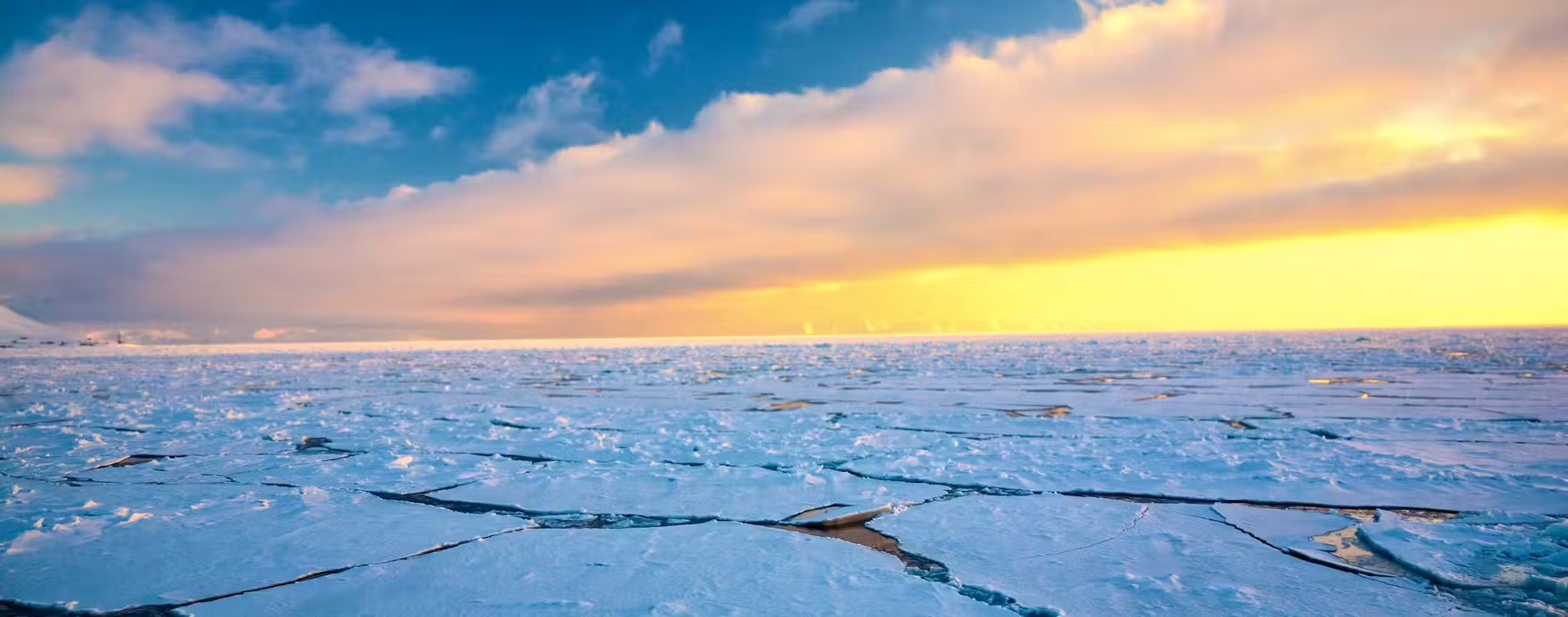
The arctic summer, blessed with long days and buzz of wildlife and human activity, is favoured by travellers seeking the classic arctic experience. But delve deeper and you'll find each season has its own distinct character, from winter's crisp northern lights to spring's welcoming of new beginnings.
Understanding ‘what’s on offer and when’ is a fundamental part of planning any trip to the North. There are three distinct seasons: Spring, Summer & Autumn, and within those, each month has its own nuances, weather and wildlife opportunities.
Special Offers:Swoop has access to the widest range of offers and can help you find the right trip, cabin, & price.
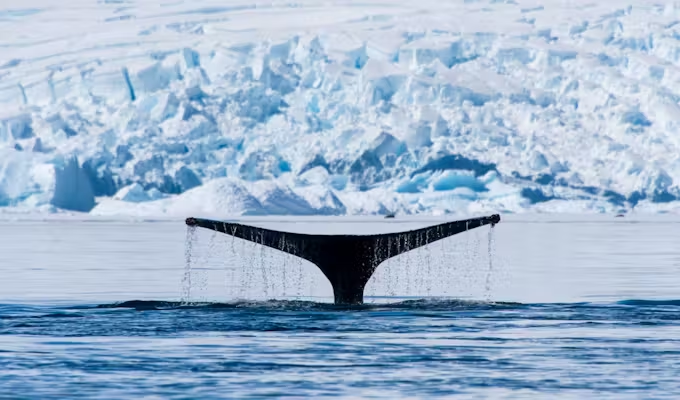
Exploring East Greenland’s wild, dramatic coastline on board a small, custom-built polar ship, this is expedition cruising at its very best. Hike the autumnal tundra in search of musk oxen during the day, with a strong chance to see the…
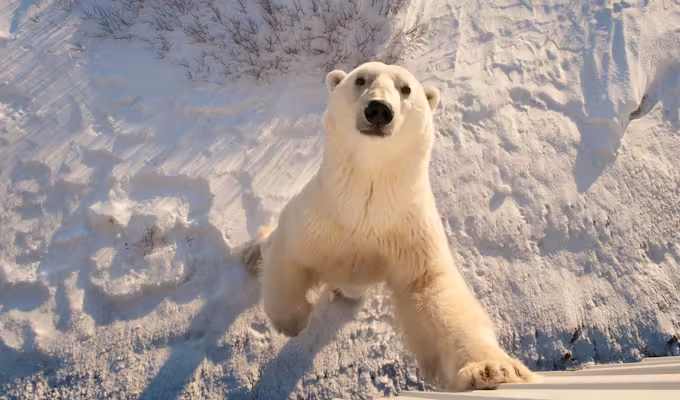
Encounter the King of the Arctic up close, with an exceptionally high chance of sightings in October and November. Small groups explore the tundra in exclusive vehicles with a specialist guide when the bear migration peaks. You'll also learn about…
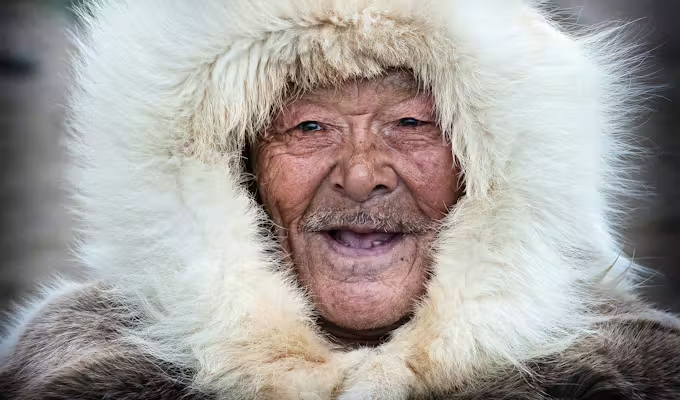
Traversing west to east this voyage takes you to iconic sites such as Cambridge Bay, Lancaster and Smith Sounds and Ellesmere Island, before exploring the fjords and towns of West Greenland. Bears, narwhal, musk ox, beluga and northern lights are…

Maximise wildlife sightings with the chance to circumnavigate Spitsbergen island. Search for walrus, arctic fox, whales and of course the ‘King of The Arctic'. Sail through the Hinlopen Strait and visit abandoned trapping stations and experience glaciers up close all…
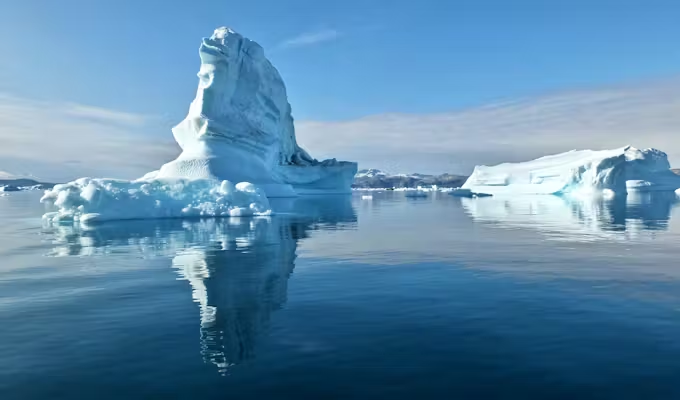
Beginning in Svalbard before sailing west across the Greenland Sea and exploring Greenland’s long eastern coastline to finish in Iceland, this is an audacious Arctic journey of startling diversity and contrast. Spectacular landscapes, towering glaciers and once-in-a-lifetime wildlife encounters all…

Reach the top of the world in serious comfort onboard a state-of-the-art luxury, hybrid-powered icebreaker. Travel north through icebound waters and join the exclusive list of intrepid explorers who have visited the geographical North…
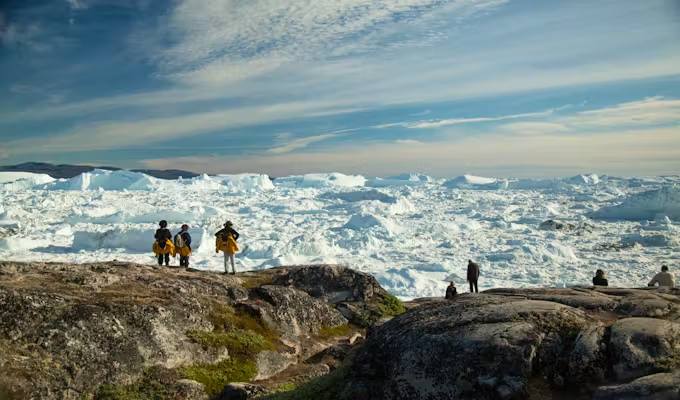
Spending time exploring Canada’s historic Northwest Passage and West Greenland, we like this voyage’s balance and variety as much as exploring little visited spots such as Thule, one of the northernmost towns in the world, and Smith Sound. Big ice,…
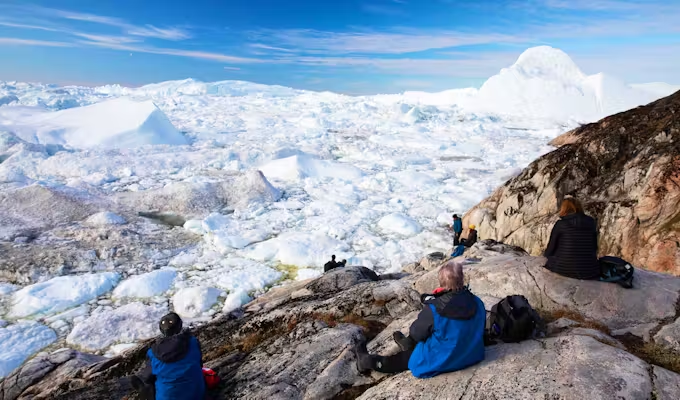
A full transit of the Northwest Passage is a truly epic undertaking, travelling in the footsteps of legendary explorers Amundsen, Franklin and Larsen. This voyage is distinguished by the small, nimble and comfortably appointed expedition ship you'll travel on, with…
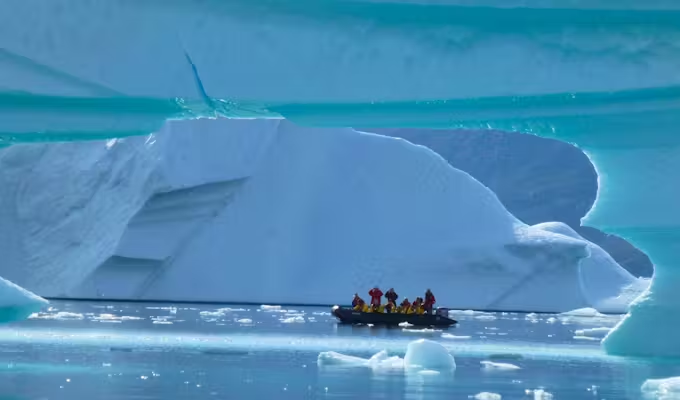
Introductions to the High Arctic don’t come much better. Traverse wildlife-rich Svalbard via East Greenland’s towering icebergs and autumnal tundra, then continue on to Iceland. Aurora sightings are possible at any point.…
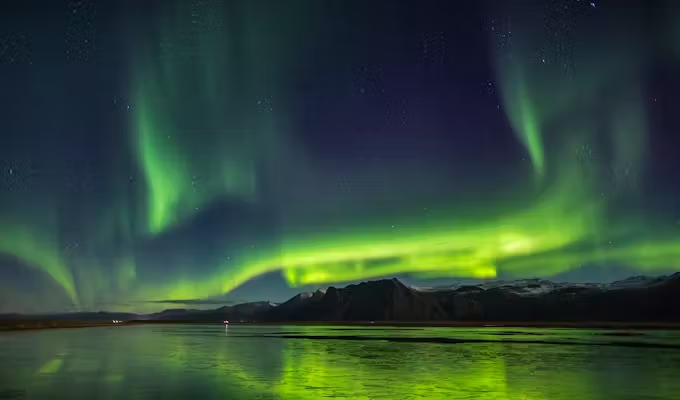
Sailing in August or September, explore the massive fjords of East Greenland and their legendary icebergs, spot musk oxen and visit ancient and modern Inuit settlements. Late summer provides a great chance of spotting the Northern Lights. A choice of…
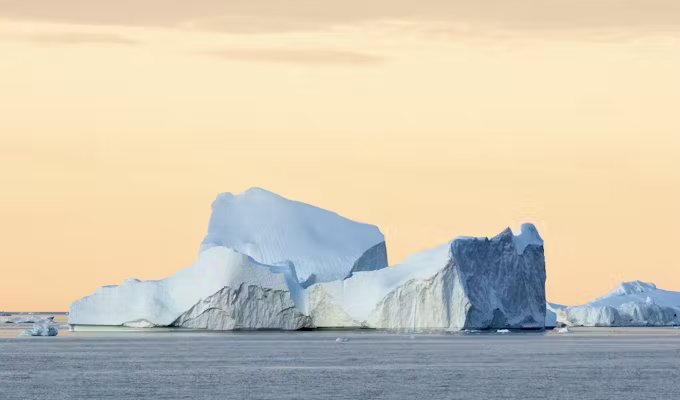
This might be a short trip but it packs a huge amount in. Sail among the ice of Disko Bay and spot humpbacks hunting herring; trek to the look out over Jakobshavn Glacier; explore the settlements of Sisimiut and Itilleq…
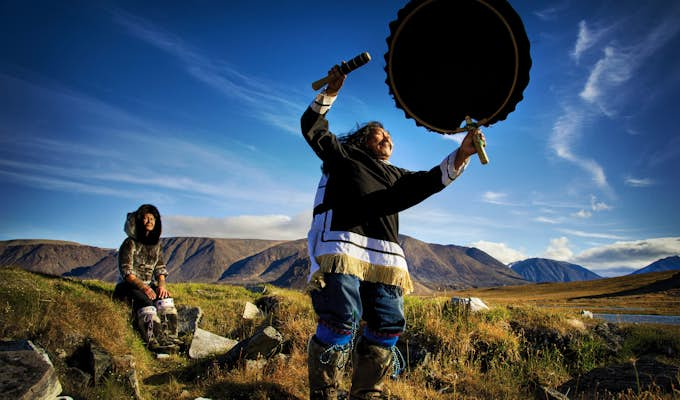
Visits to Canadian and Greenlandic communities Inuit history and culture are at the core of this journey, among those stops both Kinngait, the centre of Inuit Art and Nuuk, Greenland's capital are included. There's plenty of wildlife opportunities too with…

This popular introduction to Svalbard is keenly priced and, with numerous early season departures, guarantees plenty of ice. Sail onboard one of the newest ships in polar waters and spot bears from the plentiful deck space. Optional kayaking and hiking…

Truly escape the modern world and explore Svalbard on board a schooner. Sail north through the melting spring ice, spot wildlife and learn about the archipelago’s rich history. Highlights include the Monaco Glacier, 17th century whaling settlements, close encounters with…
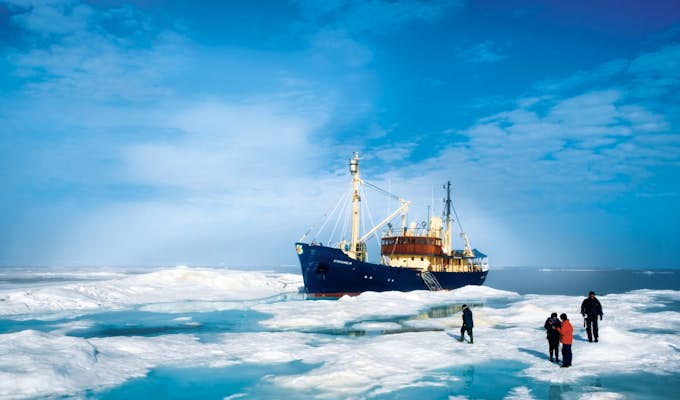
Circumnavigate Spitsbergen on board a choice of three small ships and in the company of specialist guides. Travelling in such small groups allows you more time to explore, and some late-season departures benefit from stunning autumn light. Ask about special…
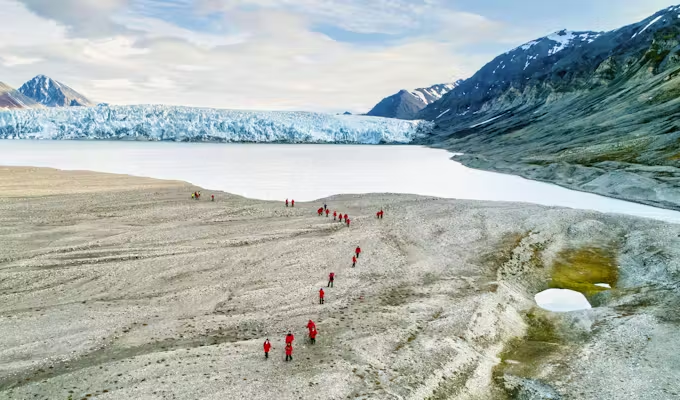
Travelling in luxury aboard an outstanding expedition ship, we love this trip for its unusual combination of Svalbard and Norway’s northern tip, plus its focus on top-notch service and cuisine. After a hassle-free charter flight from Oslo to Svalbard, spend…

There are few wilder, more remote places on the planet than East Greenland. Travelling by a small, very comfortable custom-built expedition ship, this voyage aims to showcase the best of Greenland’s eye-popping scenery, vast ice and exotic wildlife. Walk the…
The beginning of the arctic coming back to life after the long, dark winter. Temperatures are still cold, but the sun edges above the horizon for the first time in months, understandably to much fanfare and celebration.
On Svalbard, the onset of spring ushers in the best period of the year for exploring by dog sled or snowmobile, making good use of the snow ahead of the summer melt.
Canadian Arctic is still largely inaccessible for all but the hardest or most determined, with average temperatures of -40°C to -20°C (-40°F to -4°F). In Wapusk National Park, newborn polar bears cubs are emerging from their dens.
The Arctic’s ice and weather patterns may be less predictable now than in the past, but the ebb and flow of the seasons remains distinct. Each season brings a different set of adventure activities, wildlife and travel opportunities.
High summer is in full swing and is marked by a general hive of activity as everyone - man and beast - makes the most of the narrow window of opportunity. Expedition ships will be at their busiest for the next few months and the first icebreaker voyages to the North Pole depart.
Some of the most outstanding wildlife encounters are at the ice floe edge, also known as the ‘line of life’. Possible sightings in northern Baffin Island include polar bears, harp/ bearded/ ringed seals, bowhead and beluga whales. Throughout the region, birds in vast numbers crowd every cliff and ledge.
The western side of Svalbard is now largely ice-free, and by mid-July the Hinlopen Strait is passable enough to allow a full circumnavigation of Spitsbergen. The Canadian High Arctic at last begins to open up for visitors too with the arrival of the first expedition ships.
On the wildlife side, polar bear mating season peaks, walrus aggregate for safety in ‘haul outs’ and egg-laying season attracts the unwanted attentions of opportunist scavengers like gyr falcons, skuas, gulls and arctic fox.
It's peak hatching season and the bird cliffs are in a general frenzy providing bountiful pickings for scavengers and a brief time of plenty for arctic foxes, skuas and gulls. August is also when the narrow channels of Canada’s Arctic archipelago are sufficiently ice-free to allow transits of the fabled Northwest Passage.
As August draws to a close, expedition ships leave Svalbard to head southwards down Greenland's east coast, taking advantage of the brief access before the pack ice closes back in. Walking the autumnal tundra, stalking musk ox and glimpsing the Northern Lights are highlights.
The chilly tentacles of autumn start to be felt throughout the Arctic, and as the month progresses, temperatures start to noticeably drop and ice begins to reform.
A benefit of the nights drawing in again is the chance to experience the Northern Lights on one of the last expedition voyages of the season. The summer wildlife is preparing to head back south for warmer overwintering grounds. Female polar bears who mated begin searching for a suitable denning area and preparing for winter.
The expedition ship fleet has now departed Arctic waters, sailing south for Antarctica. Temperatures are plummeting and hover below zero. Female polar bears are denning, few seals remain and apart from rock ptarmigan all other birdlife has flown south. Winter is setting in.
For the Canadian town of Churchill - the Polar Bear capital of the World - it's the busiest time of year. Migrating polar bears awaiting the re-freezing of Hudson Bay provide guarantee sightings of the King of the Arctic through October & November each year.
Winter has returned to the ‘Northlands’ and the Arctic is once again incarcerated in its icy girdle. The hours of daylight throughout the region are diminishing. For the people of the Arctic, the onset of winter’s darkness ushers in a time for socialising after the busy summer.
November is a frenetic month in Churchill with ever more polar bears arriving in the area with each passing day. Hunger and close proximity to one another tries their patience as they wait, balanced out by the need to conserve energy.

Expeditionary cruising is a very practical way to discover the Arctic, allowing you to comfortably explore often untouched areas of wilderness you can’t otherwise reach from …
Discover More
We partner with selected ice-strengthened Arctic expedition vessels from small yachts and nimble little ships with convivial atmospheres, to larger Russian research boats and …
Discover More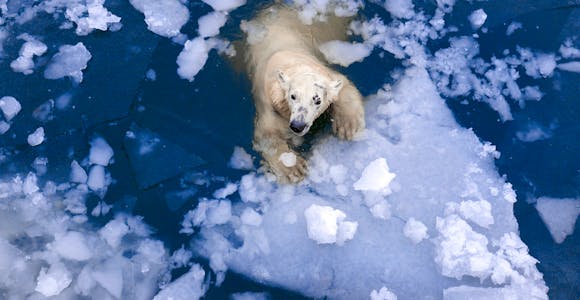
Standing as an ice mass that stretches up to 14 million square miles at peak winter, the Arctic is one of the last wildernesses left on Earth. The Frozen Planet series inspired …
Discover More
The Arctic is one of the richest and most diverse wildlife habitats on Earth, harbouring a vast array of animals, spanning from the mighty white bear, to the strong musk oxen, to …
Discover MoreMaking the correct choice of ship is key. With firsthand experience of all of the ships we offer, let Swoop help guide you to exactly the right one.
We'll spend some time listening to your aspirations, then discuss the kind of experience that might suit you.
Next we'll discuss the options, shortlist the best trips for you and present you our impartial recommendations.
We'll place a 24 hour hold on your preferred option - without obligation - whilst we talk through the details.
This website uses cookies to ensure you get the best experience on our website. Privacy policy
We don’t charge a commission and there are no hidden fees. Just impartial, expert advice from the leading Polar cruise agent. Schedule a call with our Arctic Experts today.